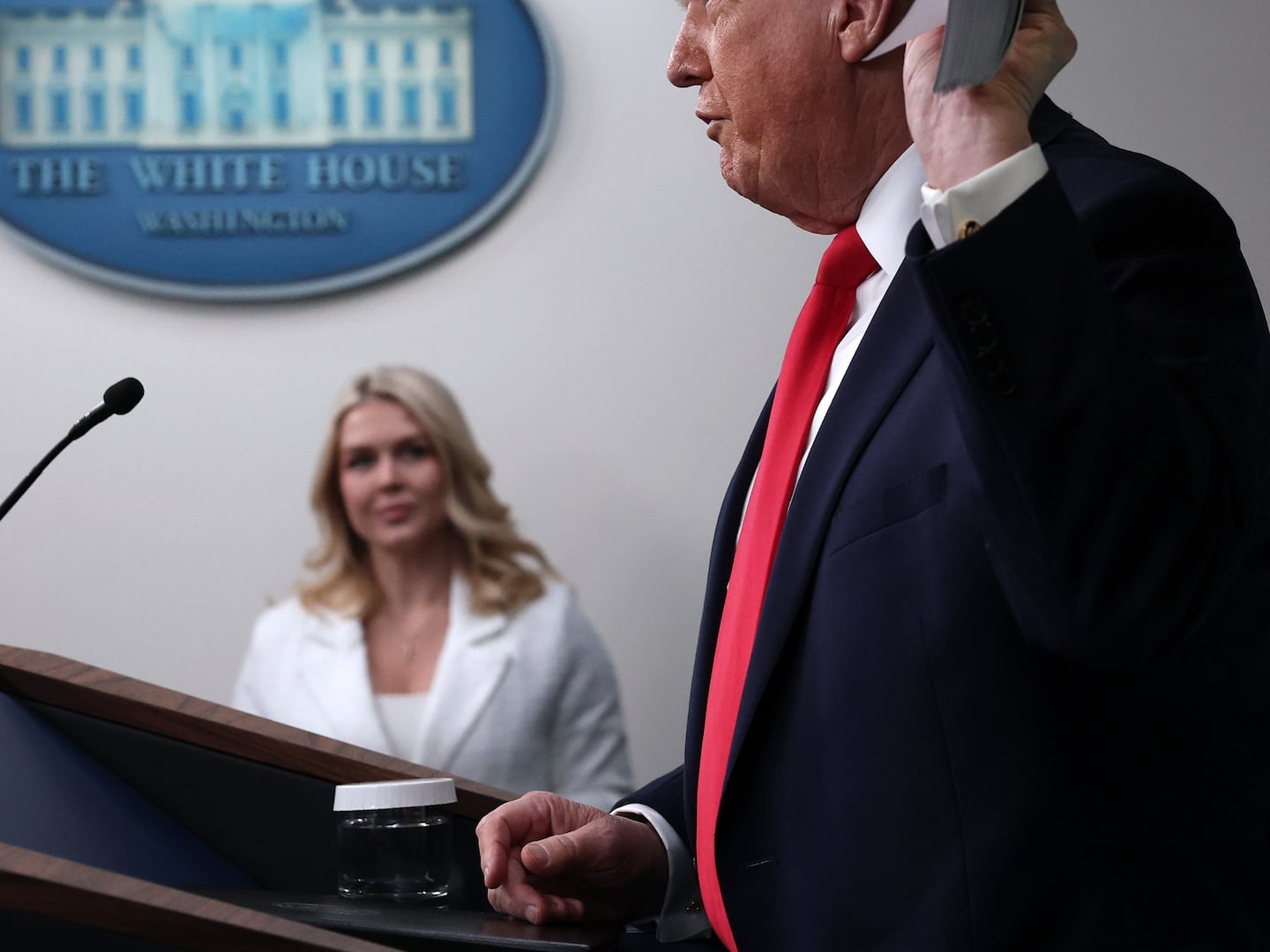
For the past 10 years, the State Department has issued annual reports on human trafficking worldwide, ranking most of the world’s countries on a scale of 1 to 3. But one major country was always left out: the United States. This year, in a sign of the Obama administration’s more humble approach to foreign affairs, the U.S. has subjected itself to some of the same scrutiny it applies to other countries. The report, which comes out Monday, makes it clear that almost 150 years after the passage of the 13th Amendment, slavery still exists in America.
To be sure, the United States puts itself in the first tier, among countries that are fully compliant with American antitrafficking standards. But the report also says that the U.S. “is a source, transit, and destination country for men, women, and children subjected to forced labor, debt bondage, and forced prostitution.” Victims throughout the country, including children trafficked into prostitution, are in many cases arrested and detained rather than assisted. The report includes the story of an American girl named Harriet who ran away from home at 11 and was pimped out by a man in his thirties. “The police arrested Harriet when she was 13 and charged her with committing prostitution,” it says. “They made no efforts to find her pimp.” She was sentenced to 18 months’ probation, even though she wasn’t old enough to legally consent to sex.
The United States has a better record than most countries, but it’s still pretty clear that not nearly enough is being done.
That story is one of many horrors recounted in this mammoth document, a compendium of the trafficking situation in just about every country in the world. According to the report, which measures trafficking for both sex bondage and forced labor, 12.3 million people are trapped in modern slavery worldwide. Yet across the globe, only 4,166 trafficking prosecutions were successful in 2009, suggesting that the vast majority of perpetrators are operating with impunity.
There is some good news here: A number of countries, including Bosnia and Herzegovina, Ireland, and surprisingly, Pakistan, have improved their performance in combating trafficking since last year, though the situation in the last country remains dire. More than a million people in Pakistan are trapped in indentured servitude in agriculture, mining, and carpet-making. “Boys and girls are also bought, sold, rented, or kidnapped to work in organized, illegal begging rings, domestic servitude, prostitution, and agriculture in bonded labor,” the report says.
It cites reports of markets “where girls and women are bought and sold for sex and labor.” But prosecutions have been stepped up: In 2009, 385 people were convicted under Pakistan’s antitrafficking laws, compared to only 28 the year before.
As in past years, several of America’s closest allies have surprisingly poor records. Israel, for example, remains in the second tier, among the plurality of countries that, in the report’s words, “fail to comply with minimum standards for the elimination of trafficking.” Chinese workers there often pay in excess of $20,000 to labor recruiters, leaving them vulnerable to debt bondage. Saudi Arabia remains one of the worst countries in the world for trafficking; as the report notes, the Indian government bars Indian women under 40 from taking domestic-service jobs in Saudi homes “due to the high incidence of physical abuse by employers.”
The United States has a better record than most countries, but it’s still pretty clear that not nearly enough is being done. “What we hear from the ground is that trafficking is getting worse,” says Taina Bien-Aimé, the executive director of Equality Now, a human-rights group that does extensive work on trafficking. “I don’t think that the government is really keeping up with this international scourge, which is pretty troubling.”
While Bien-Aimé recognizes how seriously Secretary of State Hillary Clinton takes trafficking, antitrafficking efforts remain chronically underfunded. Just this week, an Ohio government task force concluded that, as The Toledo Blade reported, the state’s “social-service and justice systems are ill-equipped to recognize and help victims of modern-day slavery.” The most recent government statistics show that between 14,500 and 17,500 people are trafficked into the United States each year, but prosecutions number in the hundreds.
One area the report largely ignores is the Internet, which according to Bien-Aimé has become a crucial site of trafficking. “That’s a huge gap,” she says. “It really ignores, when it shouldn’t, this enormous vehicle that has facilitated the trafficking in human beings.” On the adult-services section of New York’s Craigslist, for example, there are countless advertisements for massage joints advertising “sweet young Asian girls” and cut-rate prices. “What mechanisms are in place for law enforcement to examine these entities, to go to these places and ask the women whether she has been trafficked?” Bien-Aimé asks.
Trafficking, of course, isn’t just limited to the sex industry. According to the State Department’s report, report, 12.3 million people are trapped in forced labor around the world, and for every one person who is forced into prostitution, nine others are trapped in other sorts of labor. Most of the foreigners trafficked into the U.S.—82 percent of the adults and 56 percent of the children—are sent here as workers. The report includes the story of a Jamaican man lured into the United States by the promise of a visa, only to find himself at the mercy of a trafficking ring, forced without pay to clean rooms in Kansas City hotels. It highlights the work of Laura Germino, who has investigated the enslavement of migrant laborers in the agriculture industry in Florida and other Southern states.
It may be too much to expect the State Department to publicly consider how laws like Arizona’s will affect such migrants. There is a passage in the report about how draconian anti-immigrant policies in Europe and Asia can exacerbate trafficking, and it’s tempting to believe that whoever wrote it also had Arizona in mind. “Beyond hindering the effectiveness of anti-rafficking efforts, harsh antimigration responses can contribute to new cases of human trafficking,” it says. “Migrants who were not yet in trafficking situations become more vulnerable to forced labor and forced prostitution when exploiters can effectively use the threat of their detention and deportation… to obtain or maintain the migrants’ forced labor or service.”
Maybe next year’s Trafficking in Persons report will evaluate how the United States stacks up in this area. For now, this report, though it may not be perfect, is a decent precedent. American human-rights demands have a lot more force when they don’t stop at our borders.
Michelle Goldberg is the author of The Means of Reproduction: Sex, Power and the Future of the World and Kingdom Coming: The Rise of Christian Nationalism. She is a senior correspondent for The American Prospect, and her work has appeared in The New Republic, The Nation, the Los Angeles Times, Glamour, and many other publications.






